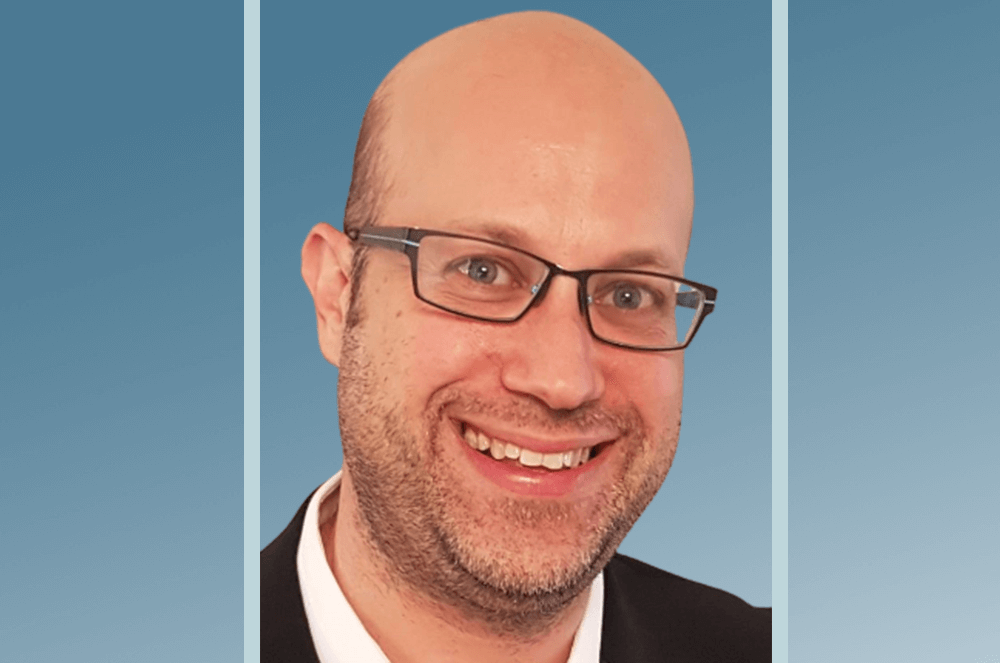
My phone rang and it was my friend Brenton, who works as an IT professional.
“Hey, I listened to that podcast you were on. It was great! Can I forward your name for consideration as a keynote speaker at a conference I’m attending?”
“I’ve never even been to a conference, let alone spoken at one,” I exclaimed. “I’m not sure I could do that.”
“But you make your living speaking,” came his rebuttal.
While not entirely accurate, my friend wasn’t wrong. Understanding that if you want to master something, teach it, I had grabbed every opportunity since I was a teenager to do exactly that. I ran classes for cadets, coached junior hockey and race driving, instructed on the ski slopes, and, at the time of my friend’s call, was a flying instructor for airline pilots. So I did, in fact, earn my livelihood speaking!
But let’s rewind a little. By profession, I’m an airline pilot. And after I wrote a book for pilots, I was invited to speak on a couple of podcasts. People listened to those podcasts, and now I was being asked to give a keynote.
“What’s the difference?” my friend asked.
What’s the difference? My entire speaking experience had been in the role of an instructor and always to small groups: one-on-one in a race car, maybe two on the flight deck, a large ski group of 15. Both my small audiences and I knew the expectation for the presentation—for me to share the knowledge I possessed as a subject matter expert.
Why wouldn’t I commit to a conference talk then? One simple reason—I was petrified of speaking in front of a large crowd. So, in the supportive personal development cocoon that is Hawthorn Toastmasters Club Inc., my home club in Melbourne, Victoria, Australia, I started to expand my comfort zone.
Then, like most airline pilots worldwide, the pandemic forced me to seek alternative employment arrangements. I took on a public service management role in my state as part of the government response to COVID. As I delved into this new role, I was struck by an unexpected realization. The skills and processes pilots routinely use are highly transferable to this different management paradigm.
In aviation, we rigorously train and refine our processes in areas like leadership and teamwork, threat and error management, decision-making, maintaining situational awareness, and effective workload management. These skills become almost instinctual.
But certain skills and processes that were second nature to me as a pilot weren’t as prevalent in other fields of business. The managers I worked with were undoubtedly dedicated in their respective fields, but they had never been systematically trained or given tools to ensure their success.
In my new role, I found that these pilot skills had broader applications than I had imagined. Elements of leadership, teamwork, and decision-making were universally relevant, but the perspective I brought from the flight deck offered a fresh angle. These principles from the world of aviation weren’t just about flying planes; they were about managing complex situations, communicating effectively, and leading teams—skills essential in any field.
I began to weave these insights into my Toastmasters speeches and explored how the processes we use as pilots could be applied in everyday business. This approach seemed to resonate. People were interested not just in the thrill of flying, but in how the discipline and structure of a pilot’s training could be adapted to their own professional and personal challenges.
Still, my biggest fear remained strong—speaking in front of a large audience. So, I started taking every opportunity to speak in front of bigger groups. At a combined club meeting I spoke about the decision-making process in time-critical situations, and then at a District training event, I shared communication tools pilots use to resolve conflict. I even jumped on the opportunity to speak to a group of 80!
Looking back, what I perceived as a barrier—my experience speaking only to small, specialized groups—was actually a steppingstone. It allowed me to develop a unique voice, one that bridges the gap between the runway and the everyday.
Now I’m ready to fully explore those pilot management tools as material for the Pathways podcasting elective. It’s another way I can reach people who might never set foot on a flight deck, but who may benefit from the perspective of a pilot navigating the complexities of the skies and, as it turns out, the boardroom.
Phil Wilkes Phil Wilkes is the President of Hawthorn Toastmasters Club Inc. in Melbourne, Victoria, Australia. He is an amateur race-car champion, ski instructor, and trainer of airline pilots, as well as the author of Performance Pilot and the host of Like a Pilot podcast.



 Previous
Previous

 Previous Article
Previous Article


